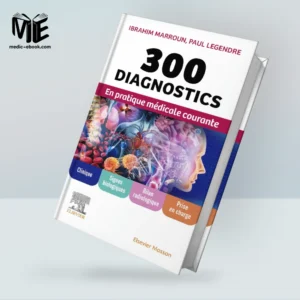Harvard Movement Disorders: Current Concepts and Practice 2024 (Videos)
Objectives
- Integrate physical examination techniques into practice to aid in the diagnosis of a movement disorder.
- Summarize diagnostic criteria and genetic counseling principles necessary for evaluating patients with suspected hereditary chorea or ataxia.
- Explain a clinical evaluation method for gait disorders as well as diagnostic “red flags” that aid in the diagnosis of atypical parkinsonism.
- Identify relevant components of the basic anatomy and pathophysiology of the basal ganglia as it pertains to movement disorders.
- Assess potential therapeutic uses of botulinum toxin injections for dystonia, hemifacial spasm, and related disorders.
- Discuss patient factors in the screening of candidates for deep brain stimulation.
- Identify relevant issues regarding pre-operative evaluation and post-operative care for patients receiving deep brain stimulation.
- Examine physical examination techniques and history taking skills in making the diagnosis of a psychogenic movement disorder.
- Describe common non-motor aspects of Parkinson’s disease, including mood disorders and cognitive impairment, and summarize treatment options and best practices.
- Evaluate and diagnose movement disorders, such as Parkinson’s disease, Huntington’s disease, dystonia, tremor, myoclonus, tics, gait disturbances, chorea, tardive dyskinesia, and other disorders of the basal ganglia, in different settings (emergency, inpatient, and outpatient).
- Summarize treatment options and considerations in the management of movement disorders.
- Recognize pitfalls in making an erroneous diagnosis in Parkinson’s disease, tremor or dystonia.
- Describe the pharmacology and side effects of commonly used medications for treatment of various movement disorders.
- Interpret the role of dopamine blockers in disease pathophysiology and management of tardive dyskinesia and drug-induced parkinsonism.






Reviews
There are no reviews yet.